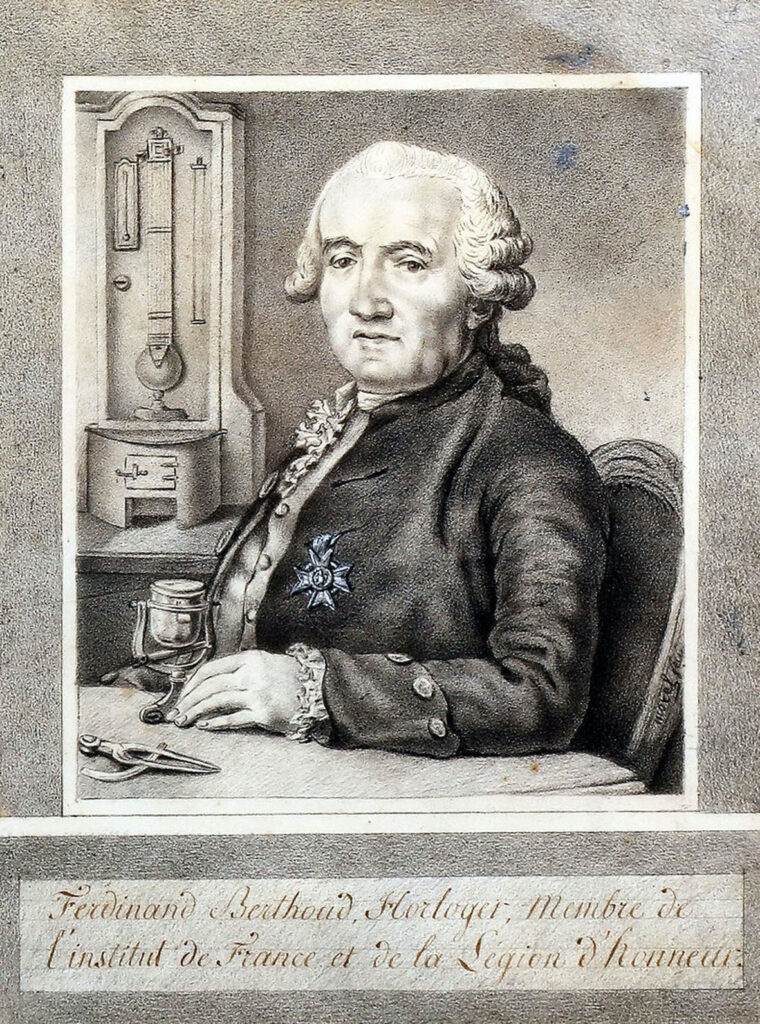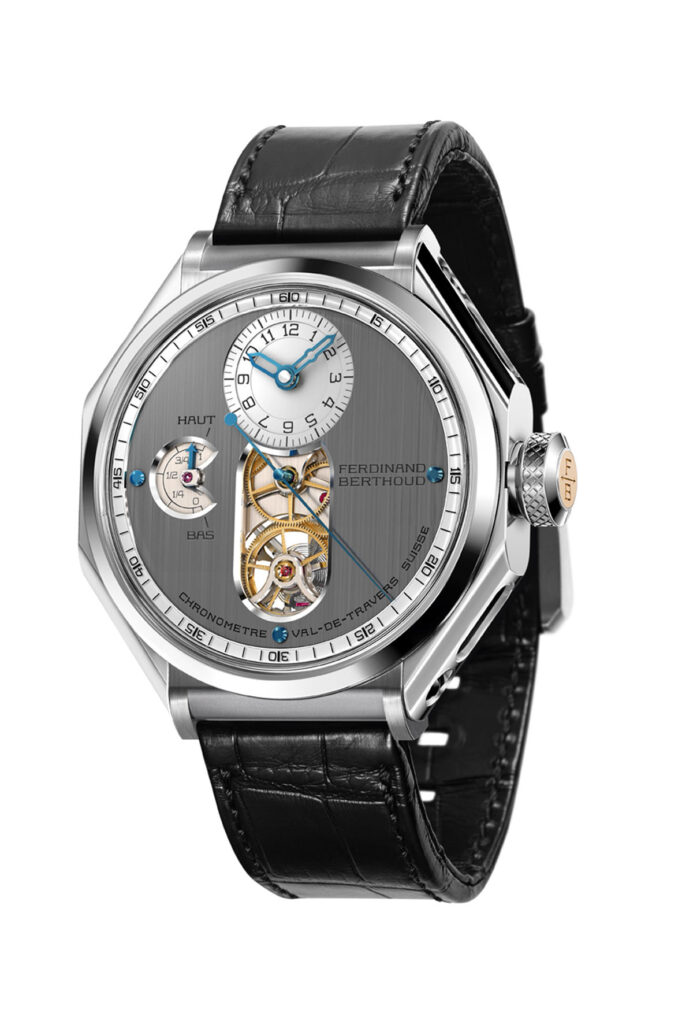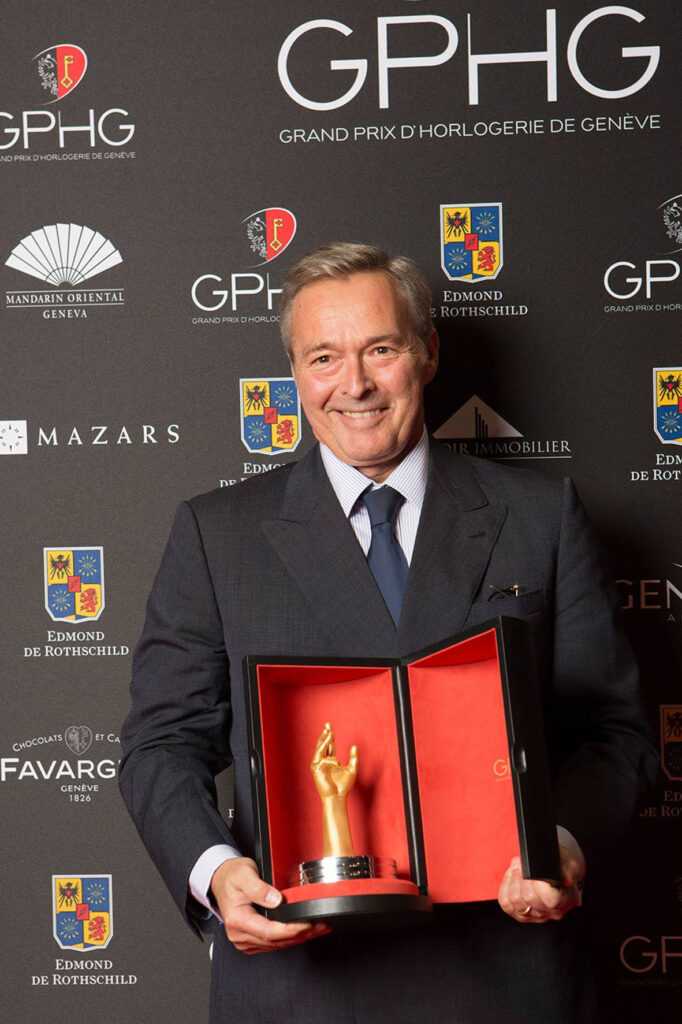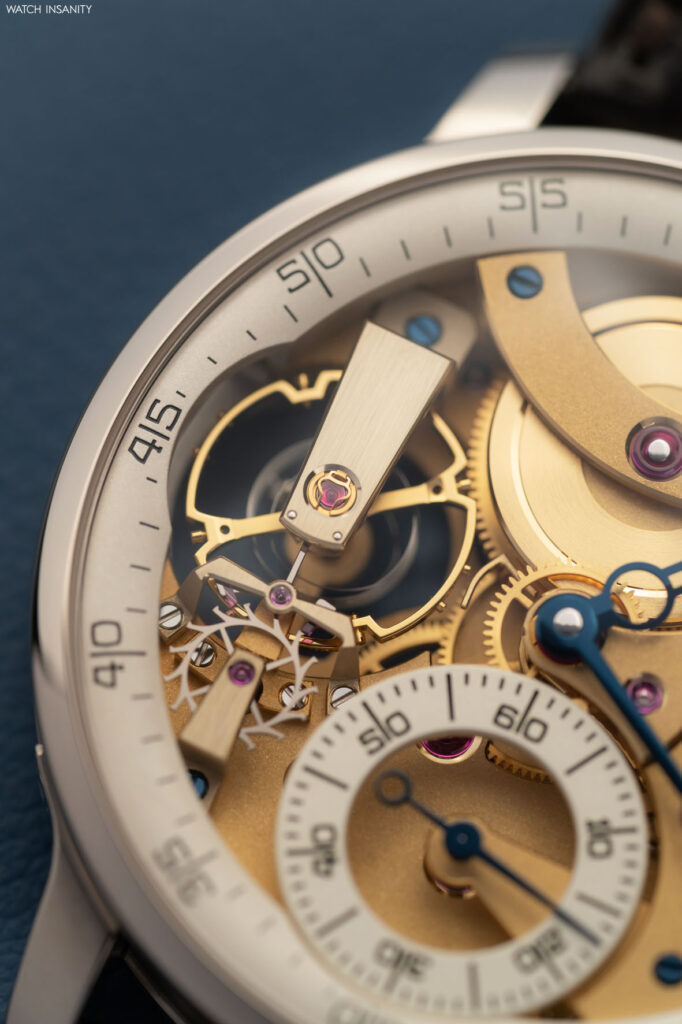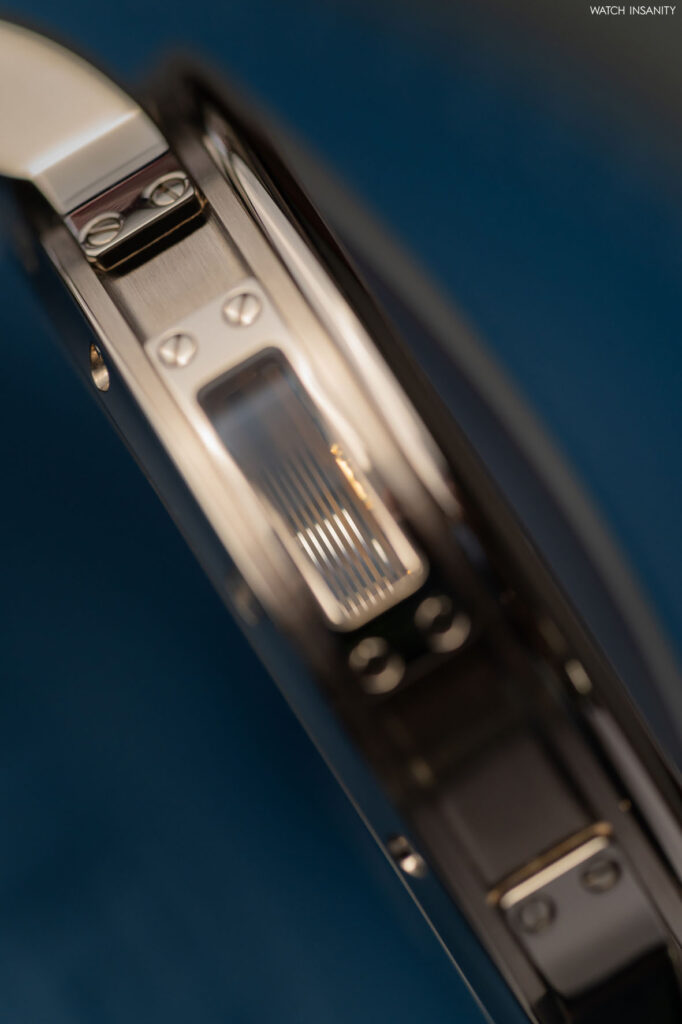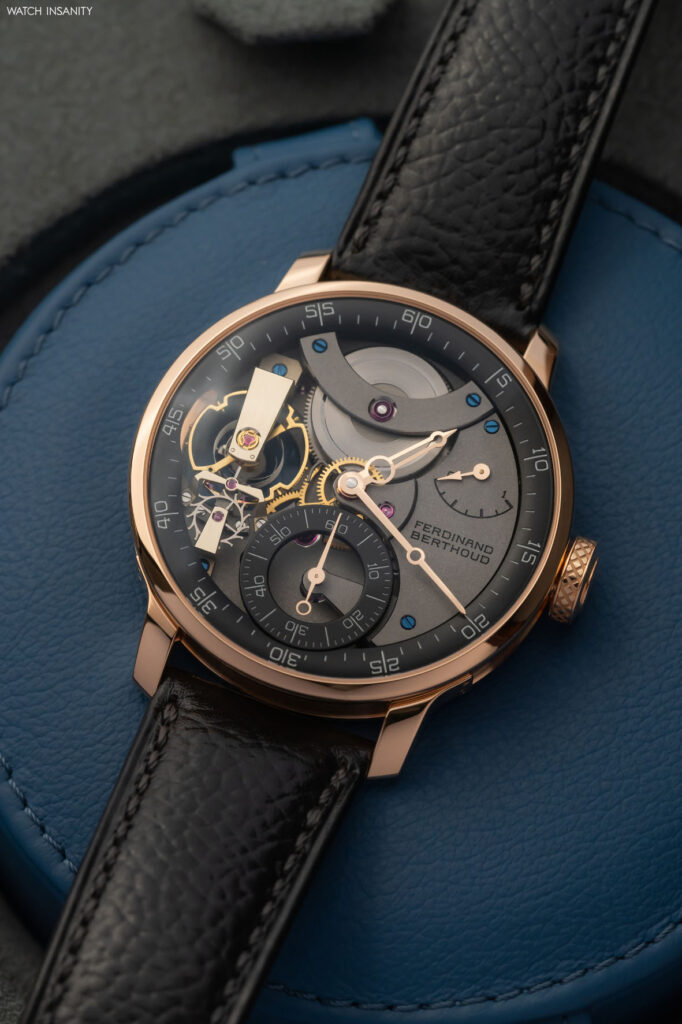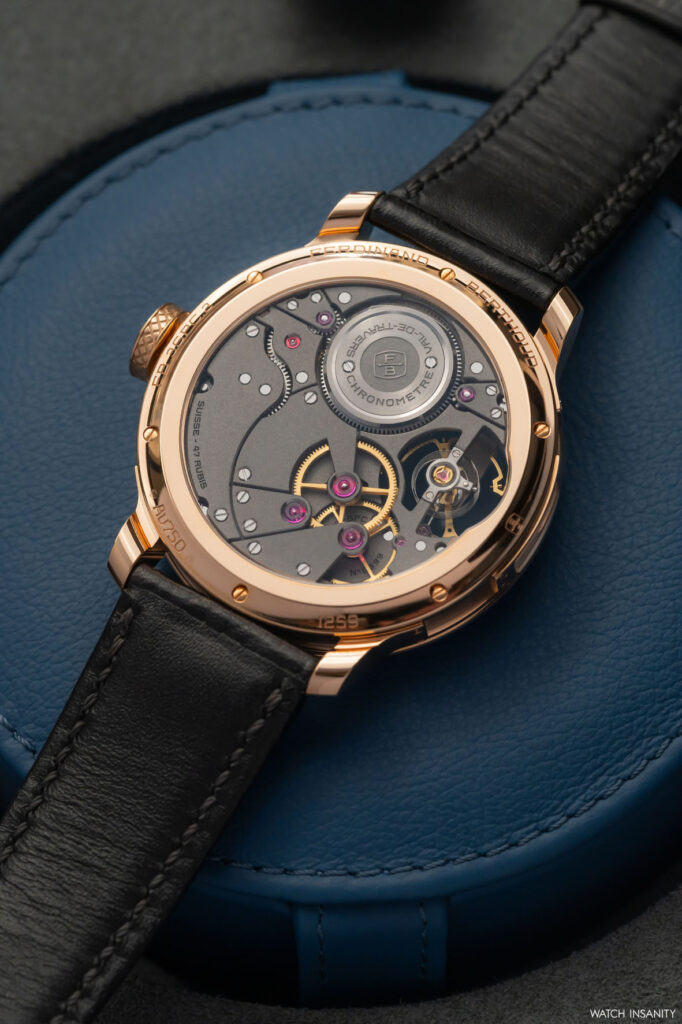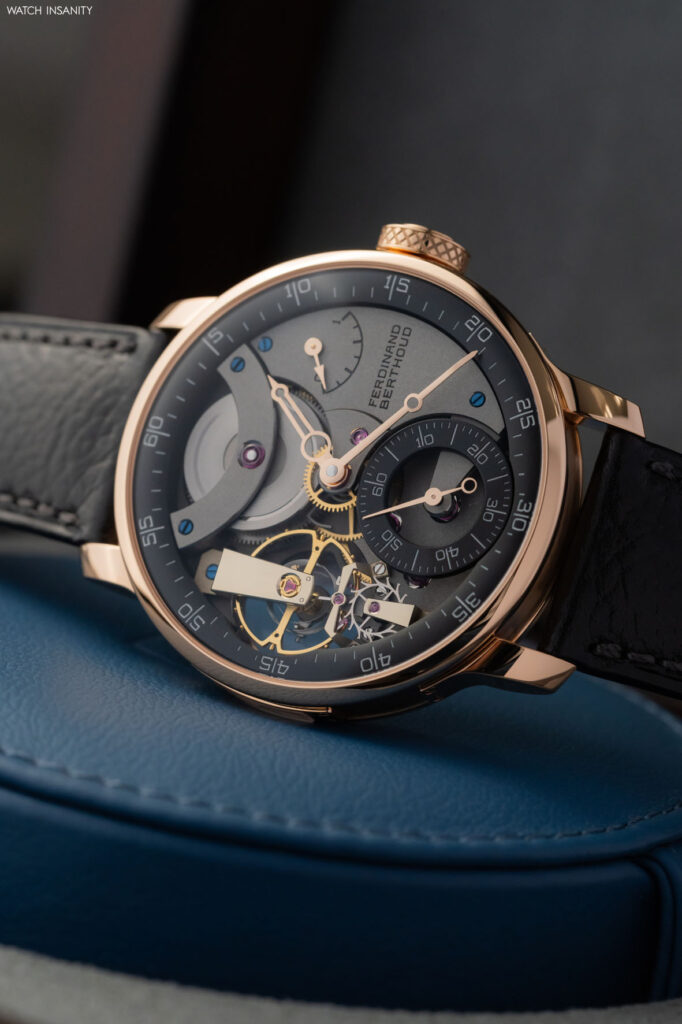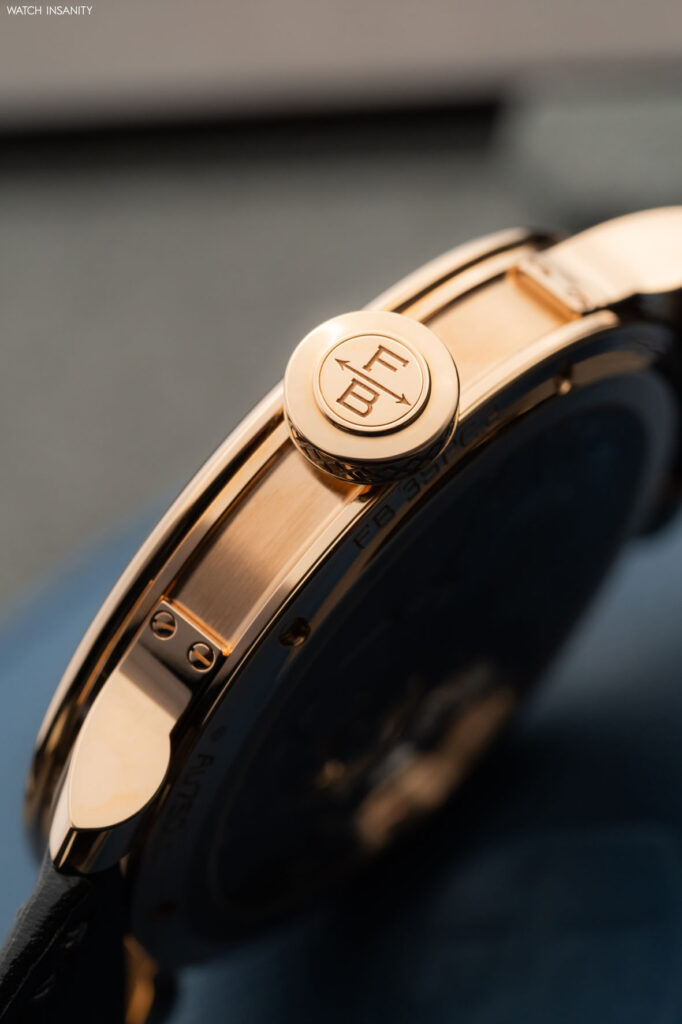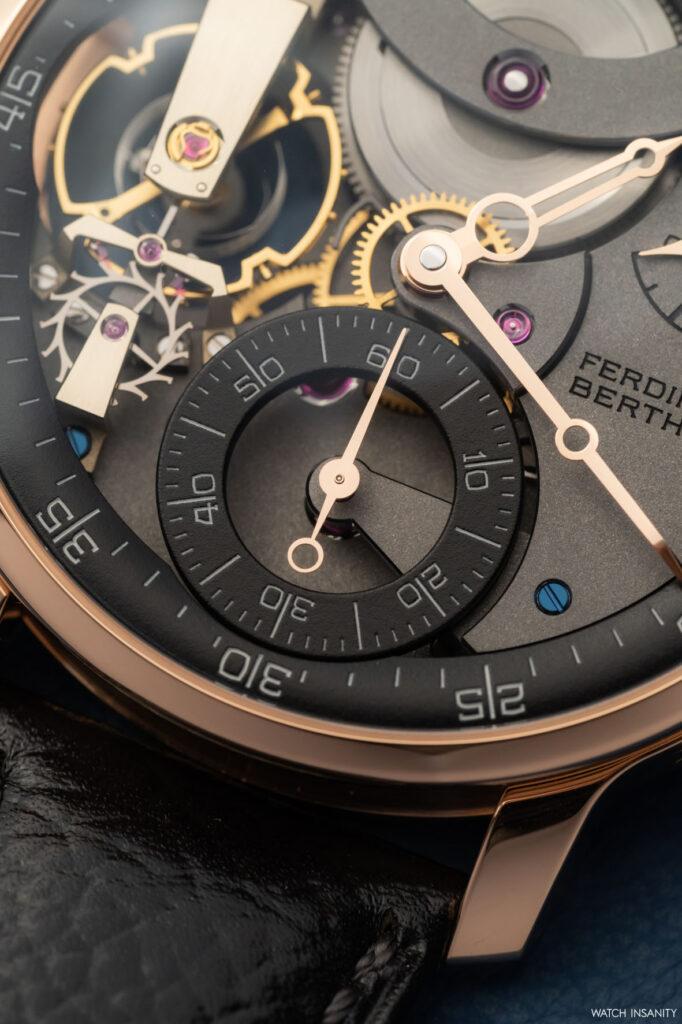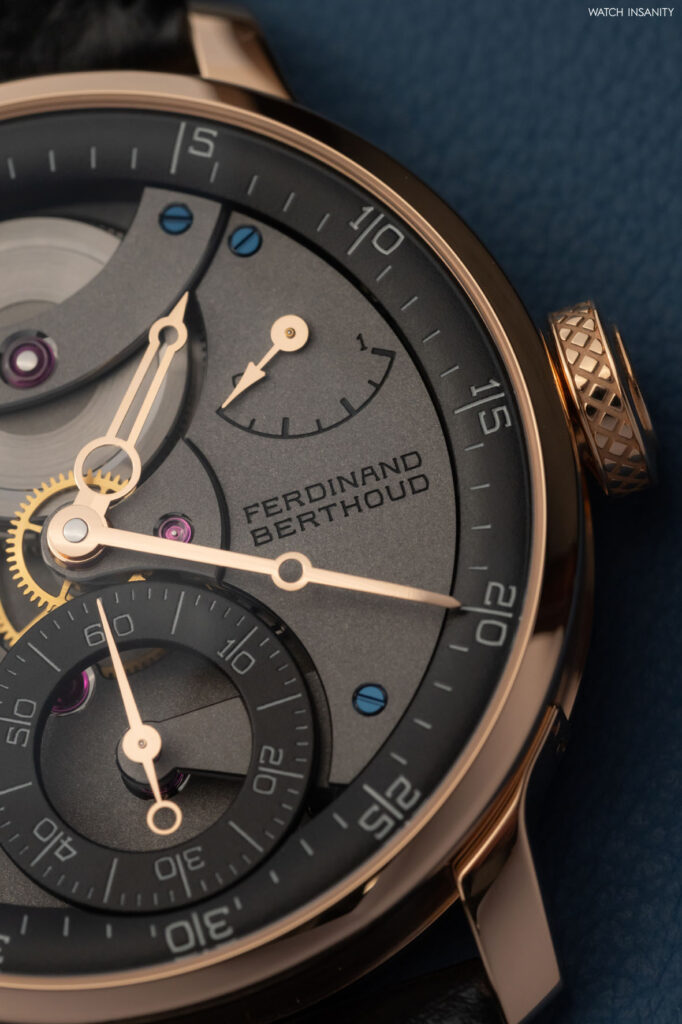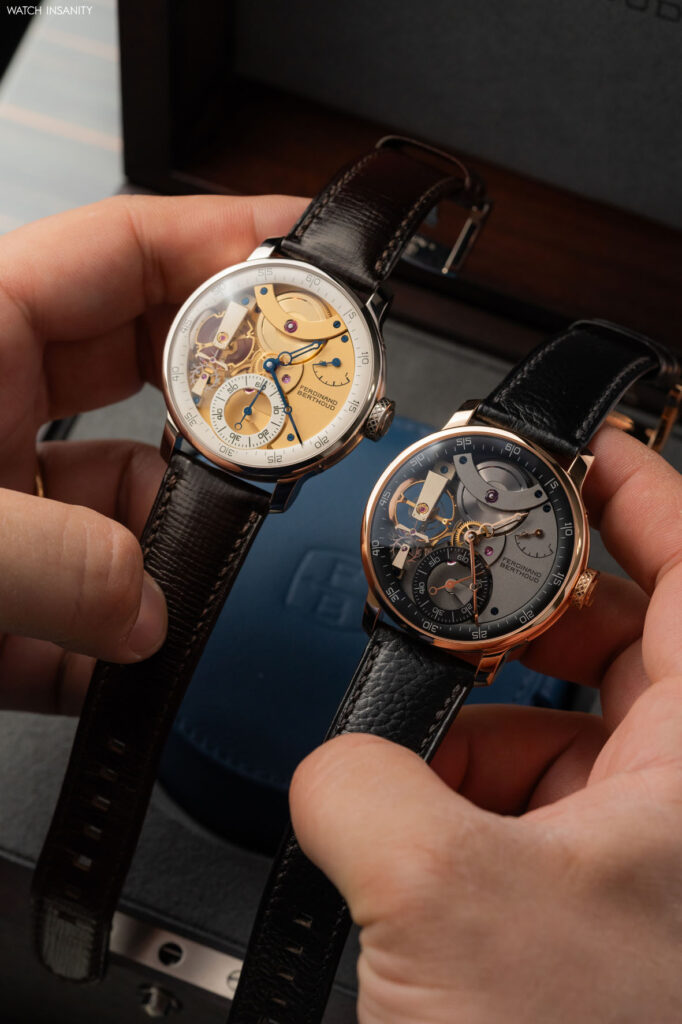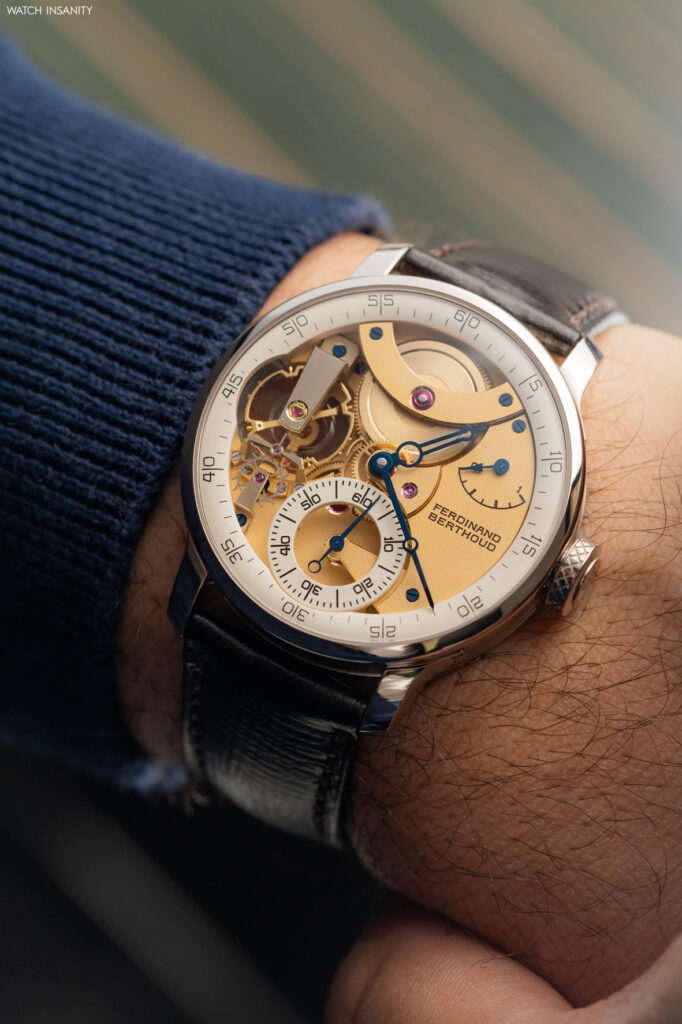Chronomètre FB 3SPC: the essence of Chronométrie Ferdinand Berthoud
1 July 2024Take a look at this: how many haute horlogerie manufactures exist, not only Swiss, whose brand name is none other than the name of one or more of their founders? More than you can imagine. Because, accustomed to the power of the brand, it is a detail we don’t pay attention to. Yet there are so many – some of which are truly niche brands such as, for example, Chronométrie Ferdinand Berthoud. A manufacture for true connoisseurs, with an exclusive and limited production in which watches such as the Chronomètre FB 3SPC, the subject of this article, stand out. Pieces of overwhelming modernity that nevertheless seem to come straight out of the past, as if they have been designed by the flair and hand of Ferdinand Berthoud himself… but who was he?
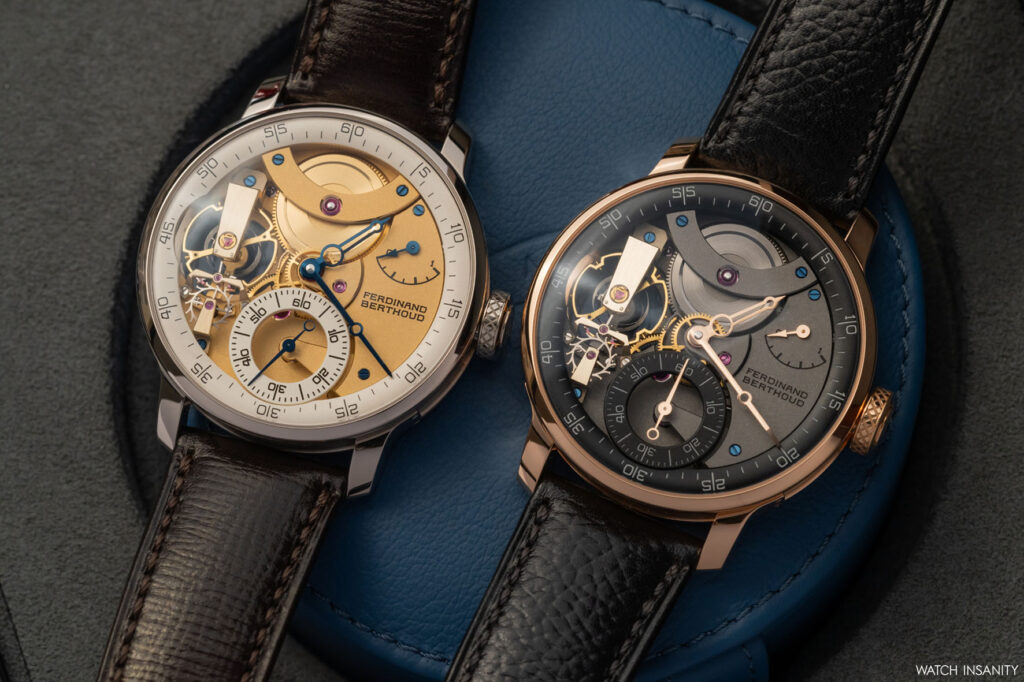
FROM FERDINAND BERTHOUD TO CHRONOMÉTRIE FERDINAND BERTHOUD
Ferdinand Berthoud was born in 1727 in Plancemont-sur-Couvet, not far from Neuchâtel, into a family of watchmakers. In 1741, in Couvet, he became an apprentice to his brother Jean-Henry, while receiving a solid scientific education. In 1745, he completed his training and obtained a watchmaking apprenticeship certificate. He moved to Paris for further training and worked for a while for the famous watchmaker Julien Le Roy, together with Pierre Le Roy, his master’s son, who would later become his rival. In 1753, he received the title of Master Watchmaker and enjoyed legendary fame during his lifetime, especially for his marine chronometers of exceptional precision, which earned him the position of watchmaker to the French king and navy, and enabled him to become an ‘associate foreign member’ of the Royal Society in London.
The modern manufacture, named after Ferdinand Berthoud, began to take shape in 2006, when Chopardacquired the rights to the name. The research and development phase began in 2010, and Chronométrie Ferdinand Berthoud was launched as a brand in 2015, setting up a dedicated team within a new atelier in Val-de-Travers, adjacent to the Chopard manufacture and very close to Berthoud’s original workshop. 2016 marks the consecration with the Aiguille d´Or awarded to the Chronomètre Ferdinand Berthoud FB 1 at the Grand Prix d´Horlogerie de Genève – a watch whose technical legacy lives on in the brand’s most recent references.
Great credit f the manufacture’s birth goes to Karl-Friedrich Scheufele, co-president of Chopard, who was able to bring the excellence of the king’s watchmaker back into a manufacture where machines have no place. Entirely hand-decorated with traditional tools identical to those used by Ferdinand Berthoud, each component of the calibres, even if invisible, contributes to the movement’s beauty. Performing the many complex decoration operations requires years of learning and practice, considerable mastery and a great deal of patience. The result? Pieces of absolute excellence such as the Chronomètre FB 3SPC.
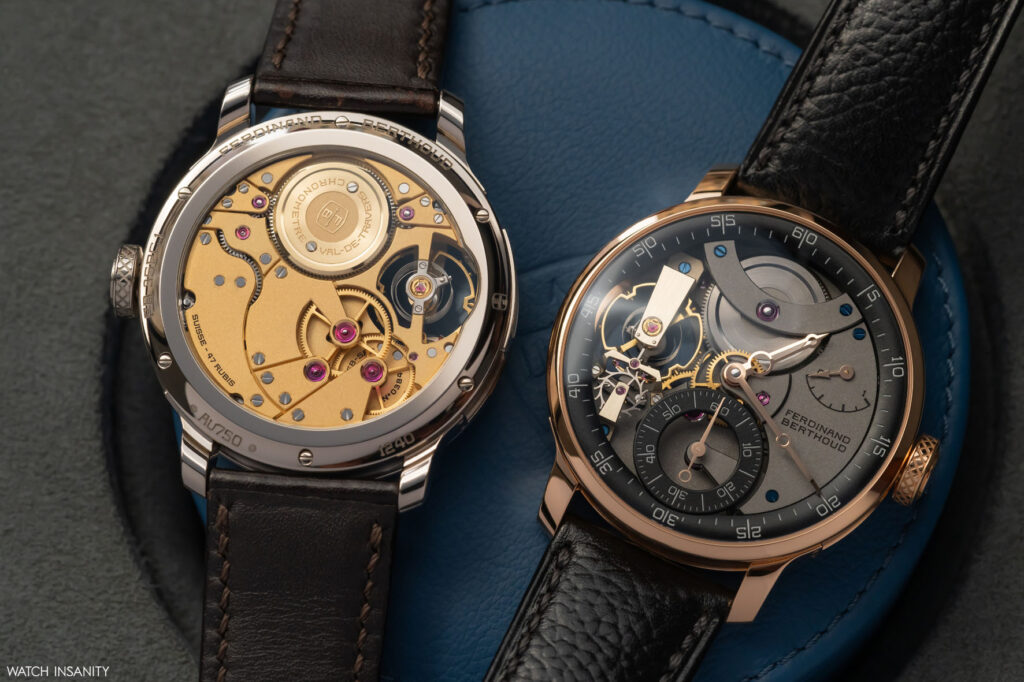
THE CHRONOMÈTRE FB 3SPC’S CYLINDRICAL HAIRSPRING
This watch inaugurates the Swiss maison’s FB 3 collection, which follows the FB 1 and FB 2 collections inspired by the heritage of the marine chronometers made by Ferdinand Berthoud in the 18th century. The FB 3 moves away from that line by following an inspiration drawn from the work of Pierre-Louis Berthoud, known simply as Louis Berthoud – Ferdinand’s grandson, pupil and successor. Also an outstanding watchmaker, Louis worked extensively on his watches’ shapes, but also on the mechanics. Both of his teachings – the aesthetics and the engineering – are present on the Chronomètre FB 3SPC. Regarding engineering, the great work done on the hand-wound 21,600 vib/h FB-SPC calibre, and especially on the balance-spring,stands out.
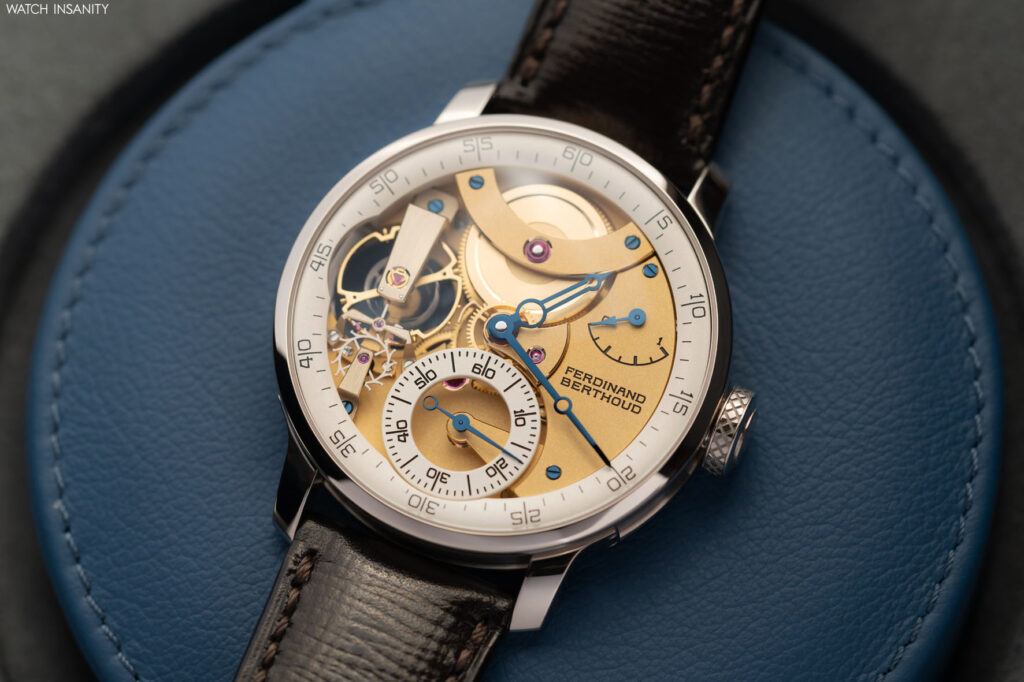
It is a cylindrical hairspring, a very rare watchmaking speciality that Ferdinand Berthoud himself had worked on and that Louis perfected by integrating it into one of his most famous creations: the decimal watch N° 26. The creation of the cylindrical hairspring represents a skill test for the Chronométrie Ferdinand Berthoud watchmakers, as it requires two hand-made curves, the first at the balance wheel’s fixing point and the second before the python, integral with the coq. The balance-spring’s verticality exposes it to significant behaviour variations when it is in a horizontal position, i.e. with the watch case perpendicular to the ground.
To compensate for these variations, most modern cylindrical balance-springs are integrated in a tourbillon. Not here, so the free balance-spring is at the mercy of gravity. A situation that leaves the watchmakers at Chronométrie Ferdinand Berthoud with thetask of creating chronometry within a more complex environment. For this reason, the two curves of the balance-spring are entirely lifted by hand, and their shape is verified with the help of a microscope.
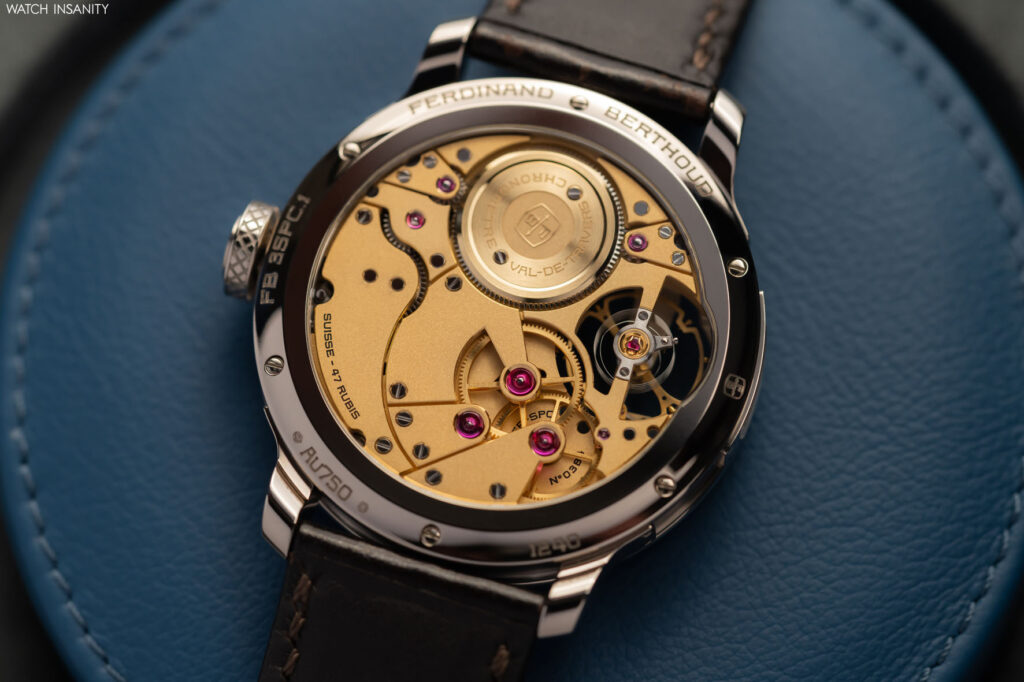
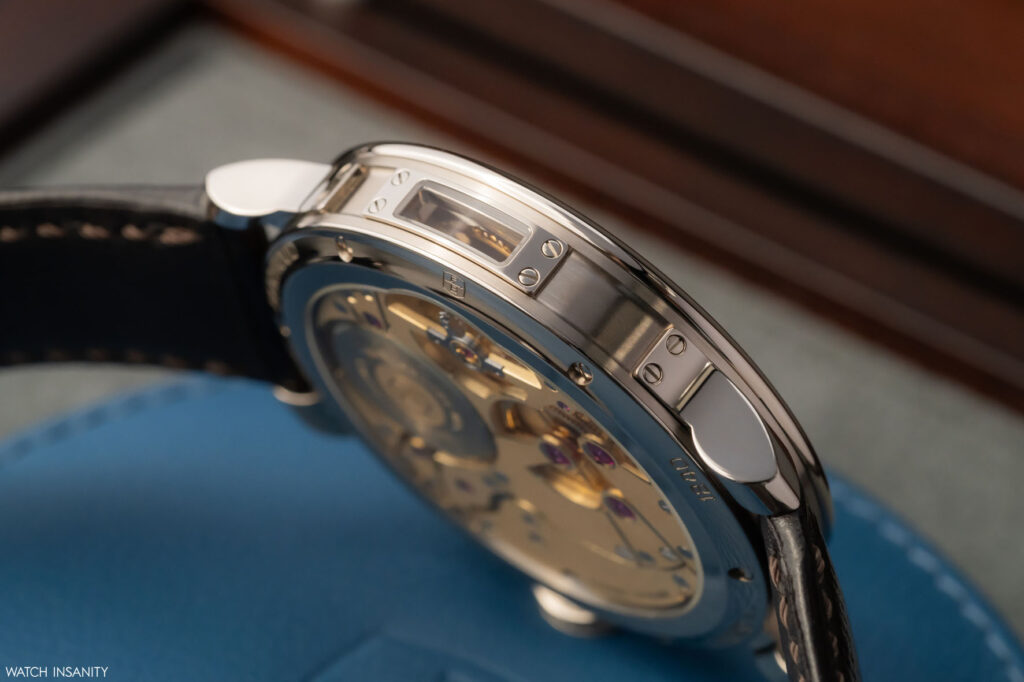
In order to optimise the movement’s precision, Chronométrie Ferdinand Berthoud developed a new balance-and-spring assembly with variable inertia, and spent several months in research, testing and fine-tuning to define the correct number of coils and the geometry of the terminal curve at the attachment points. The result is a new hand-wound mechanical movement, chronometer-certified by the COSC. The outcome of more than three years of research and development, the main organs of its escapement – balance, anchor and escape wheel – are placed at 9 o’clock, individualised, distinct and protruding. The regulating organ thus has plenty of room to operate, and its cylindrical balance-spring can be observed during the calibre’s 72-hour autonomy period through the large porthole in the caseband at 9 o’clock.
PERFECT, REFINED LINES
This porthole brings us to the aesthetics of the Chronomètre FB 3SPC. The 42.3 mm by 9.43 mm case is made of white gold or pink gold. Ethical gold in both cases, that is, gold extracted from mines using sustainable processes and respecting the miners’ living and working conditions. Its round shape is reminiscent of the silhouette of early 19th century pocket watches, such as the No. 26 decimal watch made in 1793 by Louis Berthoud (the same as the cylindrical spiral), now on display in the heritage collection of Chronométrie Ferdinand Berthoud in Fleurier, Switzerland.
A single line embraces the curves of the domed crystal and polished bezel, extending along the strap and lugs, which are screwed to the case like the porthole through which the spiral can beseen. The movement has a legible, graphic, three-dimensional architecture, visible from both the dial and the case back, both with anti-reflective treatment. At the centre of the FB-SPC calibre is the mainplate, on whose sides the components are assembled. On the dial side, the side-by-side arrangement of the six bridges draws curves and lines inspired by Louis Berthoud’s work. There are ten more bridges on the back, whose arrangement makes them form a sort of mosaic.
CHRONOMÉTRIE FERDINAND BERTHOUD, TRUE COLLECTORS’ PIECES
The time display is essential: a peripheral inner bezel ring is dedicated to the hours and minutes, with the small seconds counter at 6 o’clock, fretworked and suspended, and attached to a dedicated bridge below. At 2 o’clock, discreetly, the power-reserve indicator stands out, engraved within a 12-hour segmented sector. The rest of the dial is deliberately left open to allow one to appreciate the aesthetics of the movement’s components, their arrangement and the various parts’ finishes, where bevelled and polished edges alternate with surfaces made matt by fine sandblasting. The movement is complex, despite its minimalist appearance, and can be hinted from a number of well-calibrated aesthetic and historical details. Among these, the balance bridge stands out with its distinctive screw-down bead shape – a reference to Ferdinand Berthoud’s astronomical watch N° 3. On the other hand, the barrel bridge at noon, which draws a wide 120-degree semicircle, is reminiscent of a bridge on the quarter-repeating watch N° 2575 created by Louis Berthoud.
On the version with the white gold case, the visible movement components are in yellow gold and the dial is in an eggshell white, while the hour, minute, seconds and power reserve hands are in 18-carat gold with blue CVD treatment. On the rose gold version, the components and chapter ring are treated with black rhodium while the other parts of the dial are in sandblasted brass, painted black. The facetted 18-carat gold ‘pomme évidée’ hands are inspired by a 1785 astronomical regulator by Ferdinand Berthoud.
Knowing that both references come with an alligator strap with a white or pink gold buckle, it’s important to emphasise that the Chronomètre FB 3SPC by Chronométrie Ferdinand Berthoud is a watch for very few. Just as there are only few dealers with the appropriate culture to offer it. Among them, Pisa 1940 in Milan is the only one in Italy. The price is on request and rightly so, for a watch as carefully crafted as the Chronomètre FB 3SPC, an example of watchmaking culture and history born in the 21st century. As we have seen, its aesthetics refer to the codes of 18th century mechanical timepieces while blending their sophistication with modern materials. The result is a watch with the complete DNA of Chronométrie Ferdinand Berthoud, intended for those who have the culture to appreciate it.
By Davide Passoni

